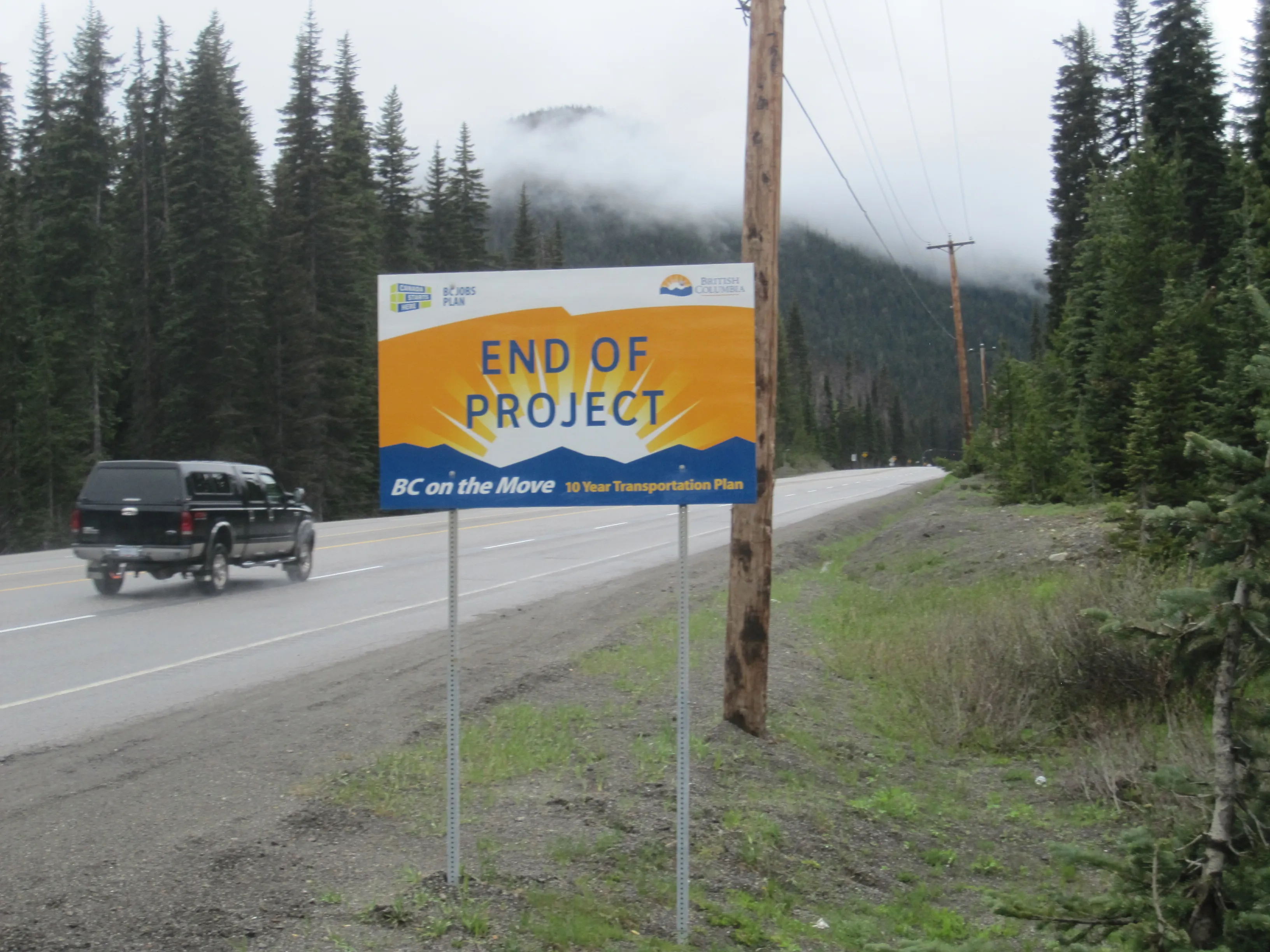This report reveals a continued trend towards a slowing rate of quarterly growth this year compared with 2017, with growth last year in the second quarter at just below 8%. The graph below shows quarterly sales on an index basis, using the first quarter of 2016 as 100. This illustrates a continuing upward trend in sales, but at a slowing rate of growth. Overall, this is an encouraging position for the industry, against the background of a weak construction market, which is anticipated to show flat output, or possibly a small decline this year.
In the first half of the year, equipment sales have recorded 5% growth in total compared with the first half of 2017, reaching over 16,000 units. The graph below illustrates a consistent seasonal pattern of sales across the last three years, with the second quarter remaining as the peak quarter of demand.
Amongst the most popular machine types, crawler excavators weighing over 10tonnes showed the strongest growth in the second quarter at 11% up on the same quarter in 2017. Telehandlers and mini/midi excavators (below 10tonnes) also continued to show growth at 10% and 3%, compared with the same quarter in 2017. The latest feedback from the rental industry, which is estimated to account for over 60% of equipment supply, remains positive, with confidence holding amongst the major national companies.
Sales of some of the lower volume equipment types show a mix of growth rates. Wheeled loaders and backhoe loaders showed growth in the second quarter, but compaction rollers remain weak, and continue to show declining levels of sales compared with 2017.
Construction machine sales strengthening during 2018
Newly available data reveals that construction equipment sales are showing further growth in in the second quarter of 2018. The report reveals that retail sales of construction and earthmoving equipment in the UK market grew by 3.8% in the second quarter of 2018, compared with the same period in 2017. This is according to the UK equipment statistics exchange provided by data processing specialist Systematics International and run in partnership with the Construction Equipment Association (CEA).
Th
August 8, 2018
Read time: 2 mins
Newly available data reveals that construction equipment sales are showing further growth in in the second quarter of 2018. The report reveals that retail sales of construction and earthmoving equipment in the UK market grew by 3.8% in the second quarter of 2018, compared with the same period in 2017. This is according to the UK equipment statistics exchange provided by data processing specialist Systematics International and run in partnership with the 3418 Construction Equipment Association (CEA).






